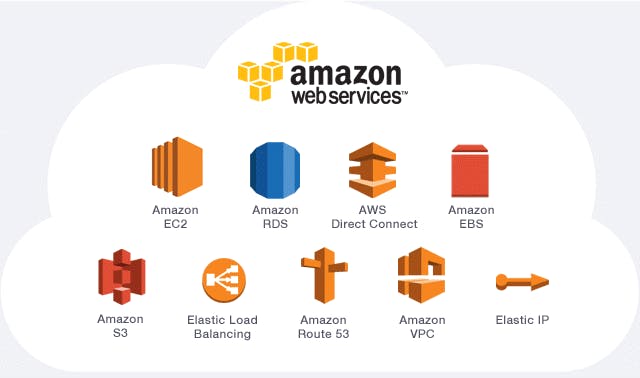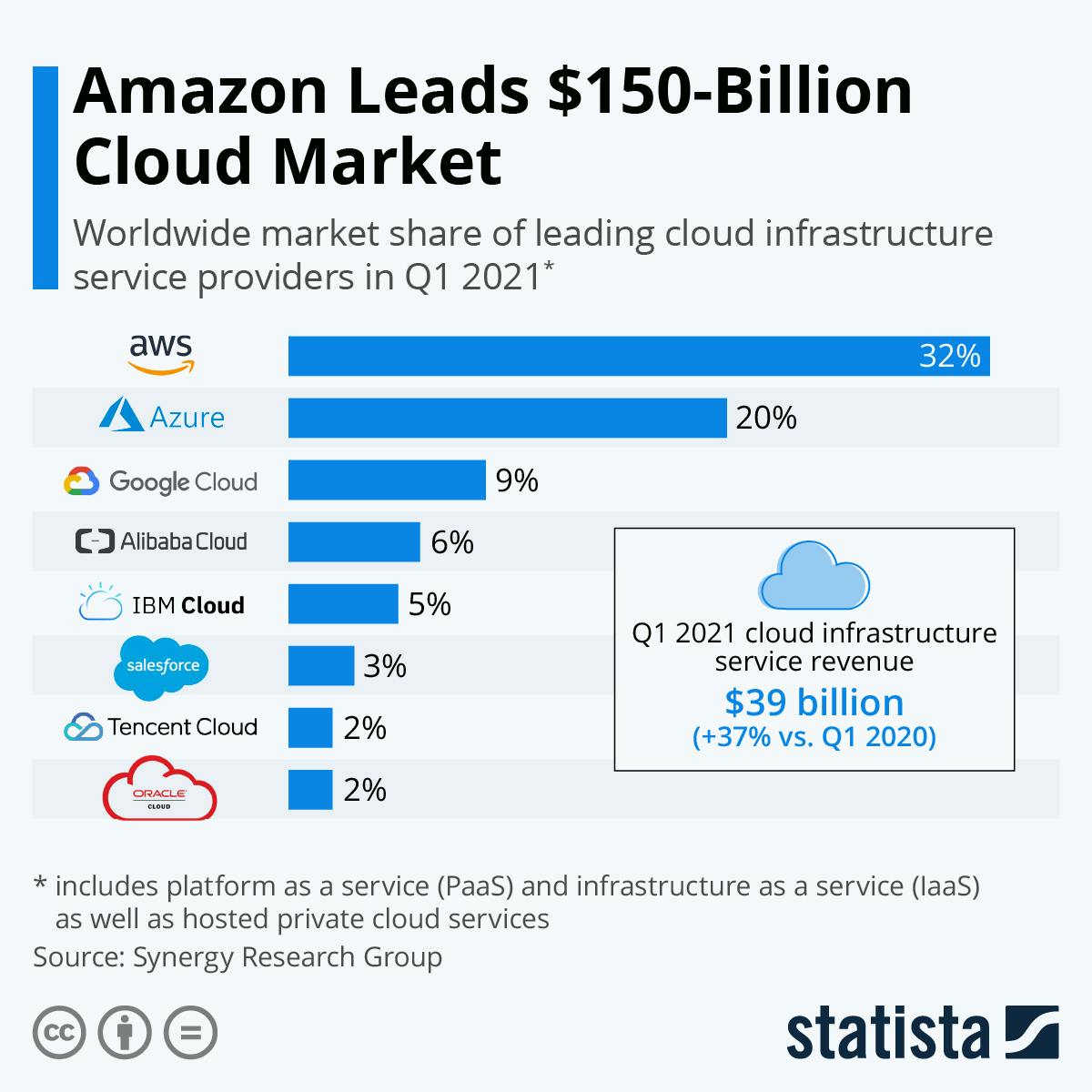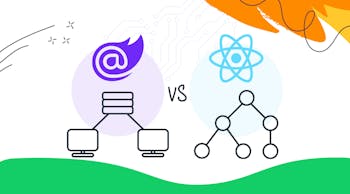*dramatic movie voiceover*
In a world where employees could only access work files, messages, and systems from a crotchety terminal at the office, software had to be installed manually on each desktop. Company data was stored on large machines in a room or closet that had to be well-ventilated to prevent overheating. And the loss or failure of a single device would be catastrophic.
It’s hard to believe that once was a reality and not just a scene from a cheesy and overly produced action film starring Tom Cruise.
Thankfully for us, cloud computing has streamlined or eliminated many of these obstacles while also helping to save much-needed time, money, and stress.
Today, cloud computing accounts for a hefty 33% of IT budgets worldwide. That’s a considerable glow-up from past data storage technology. The cloud lets businesses access applications from anywhere, decreases data loss with regular backups to other servers, and saves companies considerable money on server maintenance by using remote resources, among other things.
A mission made possible, if you will. Take that, Tom.
But how do you know which of the cloud technologies out there are right for you?
It’s an important question and one that we’re here to help you answer.
In the first part of our three-part series on cloud computing technology, we gave you a brief introduction to Microsoft Azure, one of the most well-known cloud technology platforms out there today.
In part two, we will cover all you need to know about arguably the most popular and most used cloud computing platform on the market: Amazon Web Services (AWS).
So snatch up a spot on the couch, grab some popcorn, and get ready to dive into all things AWS!
AN INTRODUCTION TO AWS
The origins of AWS are kind of unintentional. Very much out of necessity, Amazon made the strategic technology decision to start building reusable modules for its internal development groups. As time went on, the collection of internal services grew, and people realized that there was a potential business opportunity there.
First launched in 2004, and then relaunched in 2006 with three public pay-as-you-go services, AWS set sail into the uncharted waters of what we now call cloud computing.
Today, AWS is known as one of the leading IT companies in the world. It offers over a whopping 175 fully-featured services in over 190 countries while supporting over 2,000 government agencies, 5,000 educational institutions, along with a host of non-government and private sectors.
Oh, you’re good, AWS. You’re good.
Something even more WOW-inducing?
In 2021 alone, AWS brought in a record $14.8 billion (with a B!!!) in net sales, solidifying it as the primary profit driver for Amazon, accounting for 13% of their total revenue.
If that’s not a seal of approval, we don’t know what is!
WHAT DOES AWS DO?
So why all the hubbub about AWS? What does it do, and why exactly is it so popular? Let’s take a look, shall we?
The AWS platform provides over 175 specific and customizable services (IaaS, PaaS, and SaaS) to users based on their specific needs. These services include, but aren’t limited to:
- Storage databases
- Data management
- Migration
- Hybrid cloud
- Networking
- Development tools
- Management
- Monitoring
- Security
- Governance
- Big data management
- Analytics
- Artificial intelligence (AI)
- Mobile development
- Messages and notification
Goodness. Is that all?
To break it down even further, AWS can be divided into three main products: EC2, Amazon’s virtual machine service, Glacier, a low-cost cloud storage service, and S3, Amazon’s storage system.
All of these services operate globally in regions — 25 regions in all spread across six continents. Each region consists of multiple availability zones. These are the physical data centers where computers live and are geographically separated to reduce the likelihood of a local disaster taking out an entire region. Which, for all intents and purposes, would be very, very bad.
Additionally, over 200 edge locations are scattered around the world as part of AWS’s content delivery network (CDN).
Whatever your computing needs are, you can be sure that AWS will take care of them for you.










